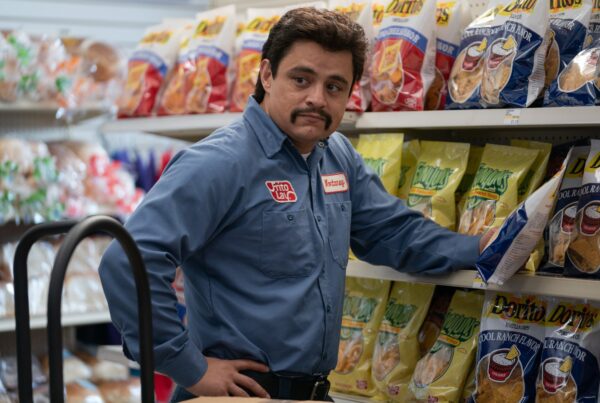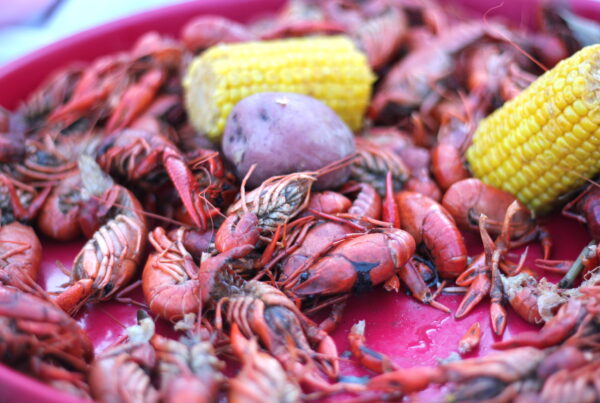Drought has been a huge concern for farmers and ranchers in the Texas Panhandle over the past few years. Now, they have the opposite problem.
Heavy rains drenched parts of the region over the past week, forcing people to evacuate homes and businesses in Amarillo and Hereford. The rain is also affecting crops and livestock in the heavily agricultural area.
Rick Auckerman, the Texas A&M AgriLife extension agent for Deaf Smith County, spoke to the Texas Standard about the rain’s impact.
This transcript has been edited lightly for clarity:
Texas Standard: How abnormal is this kind of rain event for the region?
Rick Auckerman: Really abnormal. We haven’t seen this in probably 15 years, but we haven’t seen this amount of flooding in quite some time.
Has there been any loss of human life, to your knowledge?
Not of human life. Just we’ve lost some animals and things like that. So a lot of the water started to recede, and then we keep getting rain, so obviously rivers and creeks coming back up.
Could you say a little bit more about livestock and animals lost, that sort of thing? Because obviously that’s a big part of folks being able to put food on the table.
Well, in our area, we’re the beef capital of the world. We produce, just in the feed yards, a million and a half head of cattle every year. So we’ve had some losses in area feed yards due to the flooding and torrential rains that we’ve had in the past two weeks, obviously.
What kind of impact is this going to have on crops like corn, cotton, wheat?
Cotton is not good because we’re past the planting date for insurance. There was some on the ground, but then the rains obviously flooded some out. We’ve lost corn crops. Corn is not as problematic: If it dries up, they can get back in and plant a shorter season hybrid and still make a crop on that.
When you counsel folks – you know, tell them about best practices and that kind of thing – does this alter what you tell them as a result of an event like this?
Oh, for sure. I mean, you have to, you know, try to see what what they can do and what they want to do, basically. There’s obviously some insurance issues that they have to deal with if they already had a crop planted. I know we’ve had several corn fields and things like that that were flooded out that will have to be replanted. But you have to try to help them, you know, do what we can.
I guess I’m thinking longer term, though. Does this affect the way that you counsel folks on what they need to be prepared for?
Yes. I mean, I don’t know if this is a one-year event or, you know, it could be increasingly a problem. We have weather changes supposedly coming in as far as La Niña and El Niño and everything and try to get them prepared for that. Last I knew, we were looking at, you know, August- September timeframe, but it got a jump ahead of us on this. But from what I hear, the weather that we’ve had has nothing to do with El Niño effects.
What are the biggest needs right now, as you see it?
Biggest needs are just trying to get the feed yards back on operation, you know, and helping them to deal with their losses and things like that. As far as overall in several of the yards in the area, you know, I don’t know that the feed issue for the animals is a problem. Right now they do have feed storage, I guess. So that isn’t a huge problem, but it’s just a matter of the cleanup and trying to deal with the losses and things.
Do you expect this is going to have an impact on the overall bottom line for the year for a lot of these folks?
Oh, for sure, yeah. I mean, a lot of these people suffered huge losses. So that’s going to have to be dealt with in the short term. And then, like I said, the farmers are depending on the crop they had. They still have time to go ahead and get sorghum in or some short-season corn-type things like that, and still make a decent crop for the year, hopefully.















